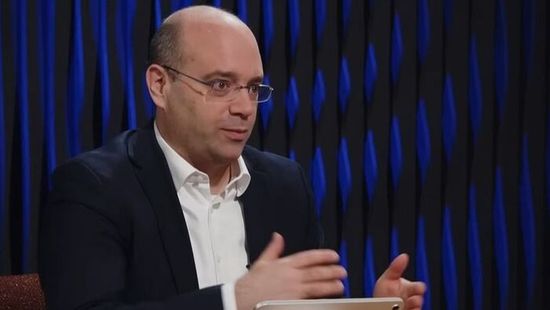Számokkal bizonyították: ez a párt nyerte a második félévet Magyarországon

Megnzétük, melyik párt várhatja biztosabb pozícióból a 2026-os választást Magyarországon.

The new millennium brought opportunity to rescue desperate Africans and Asians with the treatments that were saving lives in Europe and America.
„The U.S. AIDS epidemic is at a turning point. It’s been there before, first during the Reagan administration, which hoped to ignore AIDS but was shaken up by celebrity deaths and such courageous public servants as Dr. C. Everett Koop. Then, in the mid-’90s, drugs were developed that made HIV a manageable disease, but Food and Drug Administration approval lagged science until patients took to the streets.
The new millennium brought opportunity to rescue desperate Africans and Asians with the treatments that were saving lives in Europe and America. Thanks to leadership from the AIDS activists and President George W. Bush, we launched ambitious international initiatives that offer hope to millions in despair. Today we face another historic opportunity. Science has proven what many at the people doing primary care and others at the forefront of the epidemic have long suspected: HIV treatment is remarkably effective HIV prevention. A recent study from the National Institutes of Health has shown that treating HIV patients with antiviral drugs makes them 96 percent less likely to pass on the virus.
The public health implications are earthshaking: If we aggressively test for HIV and make treatment readily available, we can slash the rate of new infections. The Centers for Disease Control and Prevention estimates that new U.S. infections were 56,000 per year in 2006. That rate might be cut in half with more aggressive testing programs coupled with improved treatment access. Reducing new infections by half could save this country nearly $15 billion each year over the long-term.”